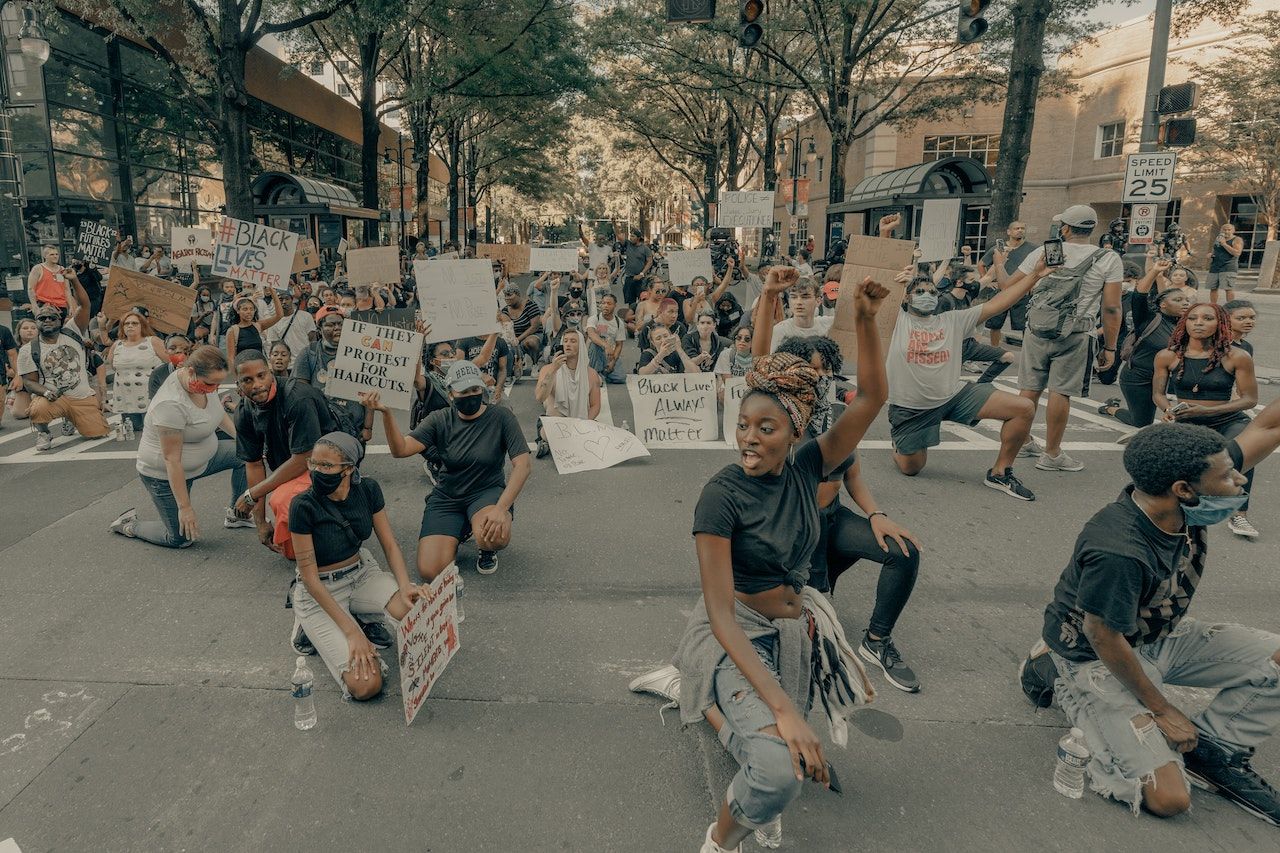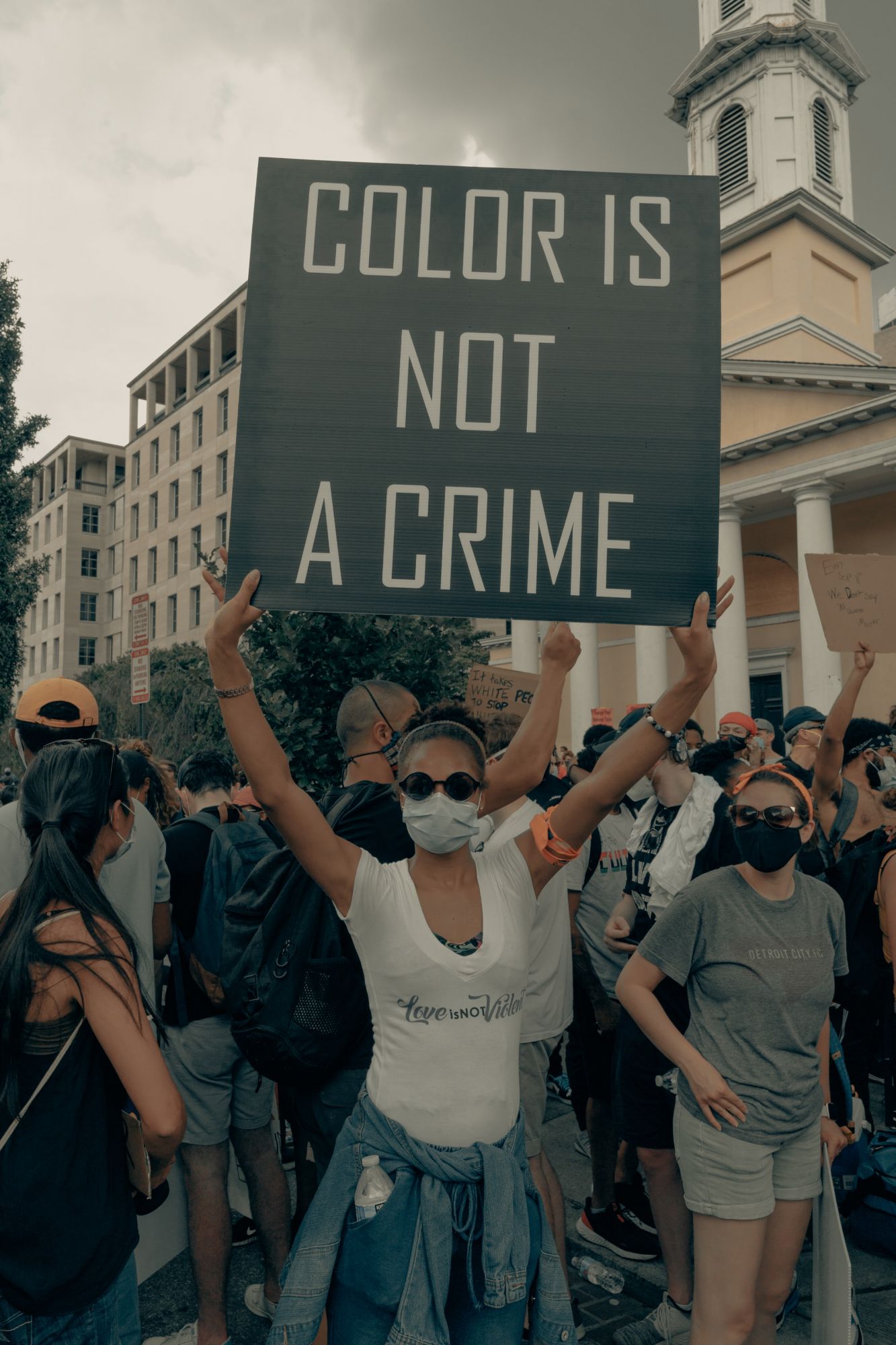The death of George Floyd has become a catalyst for one of 2020's biggest causes: to end racism. Although Floyd's death took place 7,000 miles away, global outrage has rippled its way across the Pacific and into our country, which has—historically—been no stranger to racism
We need to talk about racism.
That was the headline at the talk I attended last week, hosted by Manila House. Sitting as the panel were noted professionals and experts: feminists, ambassadors, professors, and people from all walks of life. Former US ambassador to the Philippines Harry K. Thomas spoke of his experiences and insights alongside University of Washington history professor Vicente Rafael, former UNESCO Philippines secretary-general Lila Shahani, intersectional feminist Laura Verallo de Bertotto, wellness professional Joyce Mahlatini, and fashion model Kahlea Belonia. Though these speakers seem to share little similarity, there is one major thing that binds them together: they've all experienced or witnessed racism.
Of course, that can be said about most, if not all, people. Racism and colourism remain prevalent in today's society, although in some cases, it's not as blatantly obvious. Yet it lingers here and there, manifesting itself in everything from microaggressions to advertising strategies, while sometimes ominously shielding itself from view behind the minds of people we know (and maybe even love).
It's no news that tensions have been at an all-time high in the United States. Since the death of George Floyd on the 25th of May 2020, an eruption of protests has ignited itself not just across North America, but around the globe as well. The Minneapolis policeman who knelt on his neck, Derek Chauvin, has since been charged with second-degree murder. Meanwhile, his colleagues at the scene of the crime—Thomas Lane, J. Alexander Kueng, and Tou Thao—have also been charged with aiding and abetting second-degree murder and aiding and abetting manslaughter. The hashtag, #BlackLivesMatter, has since seen a resurgence after having first come out in 2013, after the death of young Trayvon Martin and the acquittal of his shooter, George Zimmerman.


